January 20, 2019
The changing shape of the insurance workplace
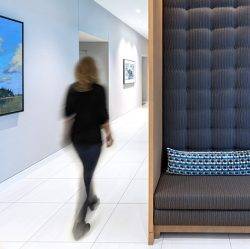 HOK’s WorkPlace group has released The New Insurance Workplace (registration required), a report which sets out to examine the forces reshaping the insurance industry and how workplace design can position these companies for success. The report’s concludes that insurance firms take pride in their conservative approach to risk management and traditional business models. They also have high-performance cultures that demand strong results. Yet changing regulations, emerging technologies and increasingly obsolete work processes have left many legacy players with underutilised, outdated office and retail space that hinders their ability to meet the fast-changing expectations of customers.
HOK’s WorkPlace group has released The New Insurance Workplace (registration required), a report which sets out to examine the forces reshaping the insurance industry and how workplace design can position these companies for success. The report’s concludes that insurance firms take pride in their conservative approach to risk management and traditional business models. They also have high-performance cultures that demand strong results. Yet changing regulations, emerging technologies and increasingly obsolete work processes have left many legacy players with underutilised, outdated office and retail space that hinders their ability to meet the fast-changing expectations of customers.





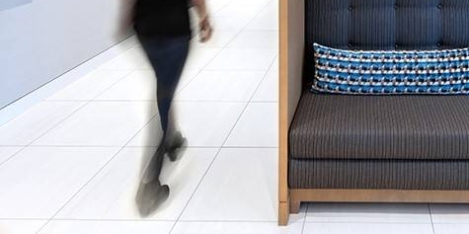


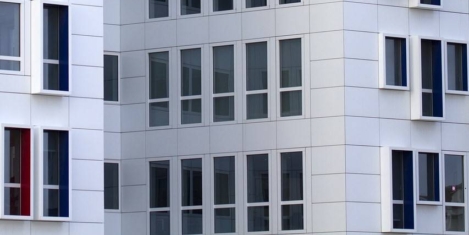


 Half of employees say that their working environment has a negative effect on their mental health (51 percent) and wellbeing (49 percent) and two-thirds (67 percent) say that they only ‘sometimes, rarely or never’ feel valued at work. The research by Peldon Rose shows that two-thirds of employees (64 percent) currently have poor or below average mental wellbeing and that the majority (56 percent) claim increasing workloads, followed by a lack of time to focus on wellbeing and exercise (46 percent) are the leading causes of their stress. While half of employees think introducing exercise facilities will help them to better tackle their workplace stress (50 percent) – less than a fifth of workplaces (16 percent) currently provide these facilities, something employers should consider when looking to boost the morale of their workforce.
Half of employees say that their working environment has a negative effect on their mental health (51 percent) and wellbeing (49 percent) and two-thirds (67 percent) say that they only ‘sometimes, rarely or never’ feel valued at work. The research by Peldon Rose shows that two-thirds of employees (64 percent) currently have poor or below average mental wellbeing and that the majority (56 percent) claim increasing workloads, followed by a lack of time to focus on wellbeing and exercise (46 percent) are the leading causes of their stress. While half of employees think introducing exercise facilities will help them to better tackle their workplace stress (50 percent) – less than a fifth of workplaces (16 percent) currently provide these facilities, something employers should consider when looking to boost the morale of their workforce.




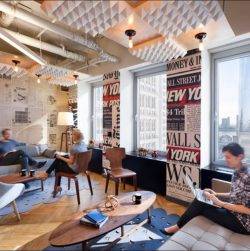
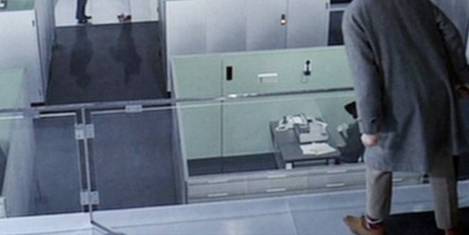
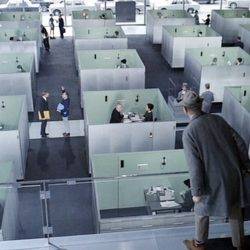


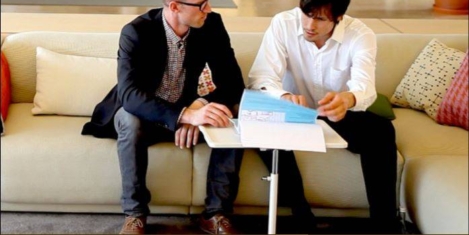
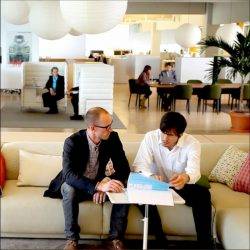
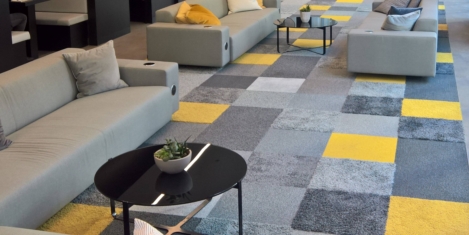
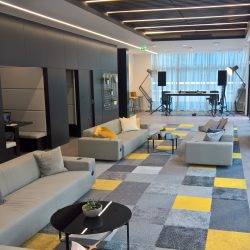









January 9, 2019
Digital transformation and an uncharted future for workplace design in 2019
by Cherie Johnson and Julie Yonehara • Comment, Technology, Workplace design